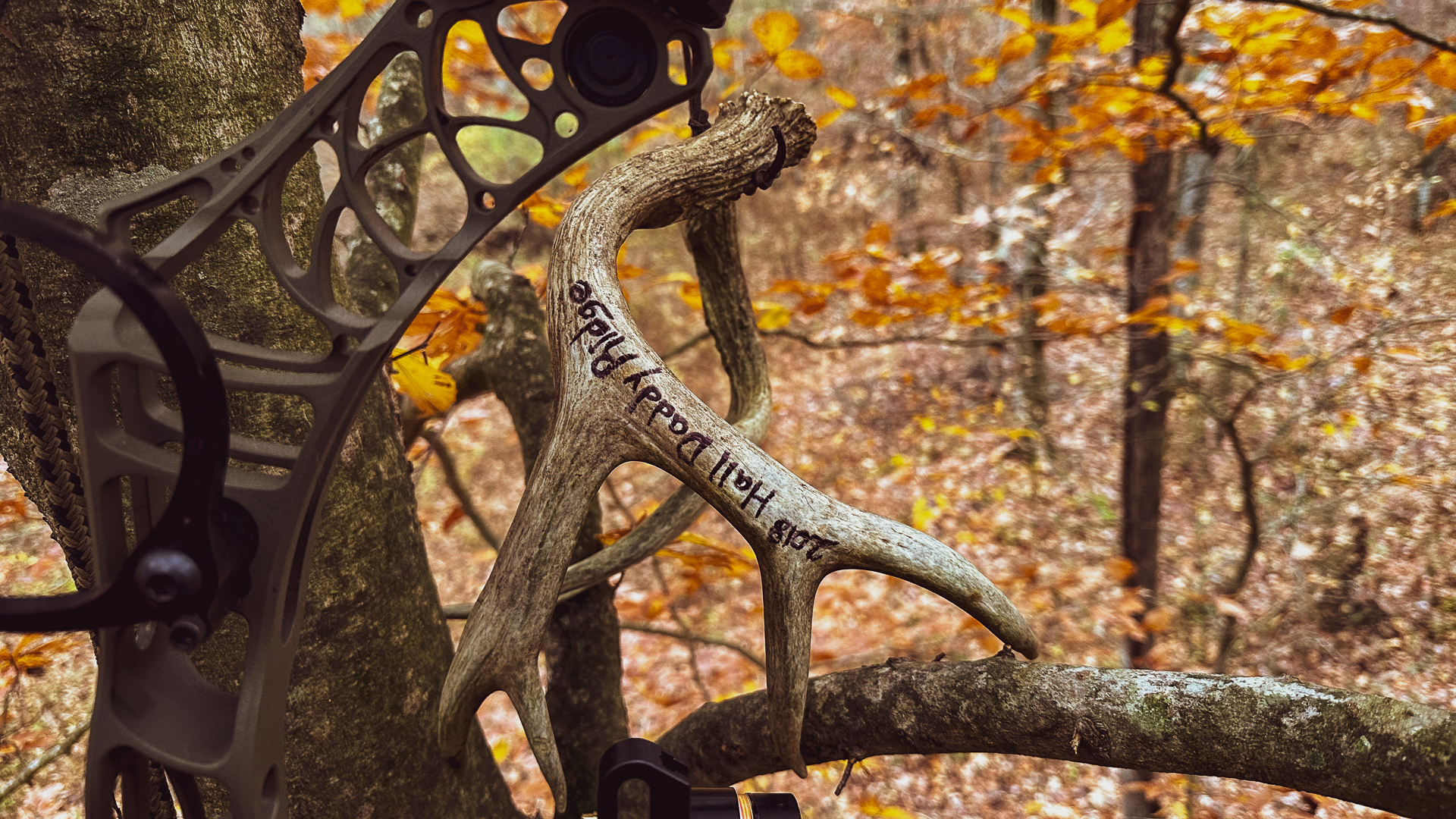Phillip Gentry

Regardless of whether you are a burgeoning catfish tournament angler or just out on the water to collect some tasty catfish fillets, catfish tactics can be broken down into three major methods.
These tactics can be tailored to fit a specific catfish species, which usually involves altering the size and type of bait used, the size tackle, and even whether you are fishing in still waters or moving.
The three most sought after catfish species are blue catfish, flathead catfish, also referred to as mudcats, and channel catfish, but all three can be caught using one or more of these tactics.

Everything You Need to Catch Catfish
Anchored Fishing
Probably the most recognized tactic, catfishing from an anchored position is not as haphazard as it may first appear. It’s incumbent upon the angler to pick the proper location for anchored fishing. Suitable locations may be a deep-water hole, a hump, a channel edge or the conversion of two tributaries.
Positioning the boat can be done with rope and anchor, although most catfish anglers now opt for using an electric trolling motor that uses GPS navigation to lock on a particular spot and hold the boat in position. The result is faster and easier anchoring with more precision.

Once the boat is in position, multiple rods are cast around the boat to target different depths. Catfish may be moving from shallow to deep, deep to shallow or somewhere in between. It’s also important to pay attention to any fish holding structure such as laydowns, rock piles, or stumps and place baits adjacent to these spots.
Drifting or Trolling
Trolling for catfish is largely dependent on a particular type of rig, one that allows the angler’s bait to be pulled over and through nearly any type of structure without hanging up. Often referred to as a drift rig, the main line is attached to a three-way swivel.
One of the other eyes contains a short leader to which is tied a slinky weight. Slinky weights can be home-made or obtained commercially and allow the weight to be pulled into bottom structure without fouling.
To the remaining eye is tied the bait line, often a 2 – 3 foot section of monofilament leader with a small Styrofoam float pegged midway between the hook and swivel. The bait hook is tied to the tag end. The buoyancy of the float helps keep the bait and hook well above the weight so that the hook rides near the bottom but above any potential snags. Rigs are deployed at an average of around 50 yards behind the boat.

If enough wind is present, catfish anglers will allow the wind to push the boat sideways, sometimes with the aid of a drift sock and place as many as 6 rods in rod holders along the windward side of the boat, dragging the baits in the boats sideways wake.
If wind direction or speed is a problem, an electric variable speed trolling motor can be used to pull the baits behind the boat at the preferred 1.0 – 2.0 miles per hour. Some anglers use inline planer boards to achieve more distance between lines.
Bumping
Bumping is most effective in rivers or other areas with heavy current. Large rivers and waterways are the top spots, but tail races or canals coming out of reservoirs, especially when releasing current, are another option.
Bumping is a natural presentation that mimics food washing down current where catfish will lay facing upstream, waiting for something to come by.

When bumping, position the boat into the current and allow the current to push the boat back, while using the trolling motor to troll into the current enough to roughly cut the backwards drift speed in half. The boat is going slower than the current, so the bait is also going slower down the river.
Bumping might seem to be a vertical presentation, but is very similar to trolling the bottom in reverse. To get the right angle in the presentation, the angler lets out more and more line until the bait is nearly sliding across the bottom with the current at a much slower speed than trolling with the current.
Disengage the reel to be in free spool and your thumb on the spool while letting line out until you get the rig back behind the boat. You can tell by the feel of the rod if you have the correct amount of line out because it will feel like the weight is only bouncing a foot or so at a time.































